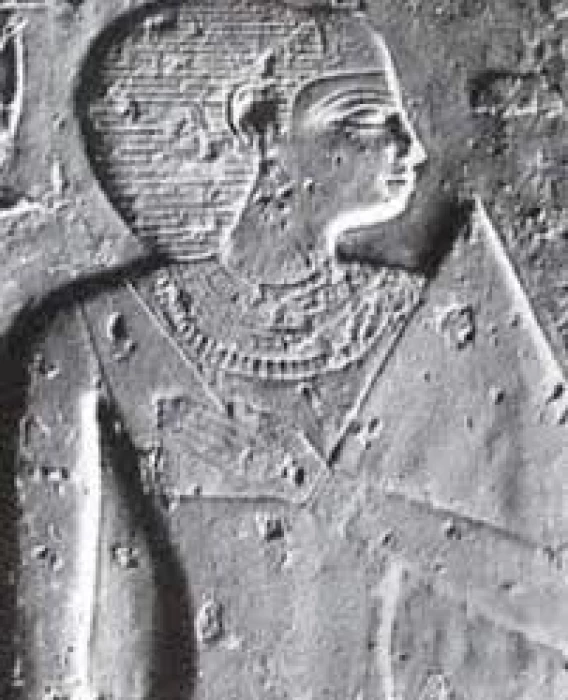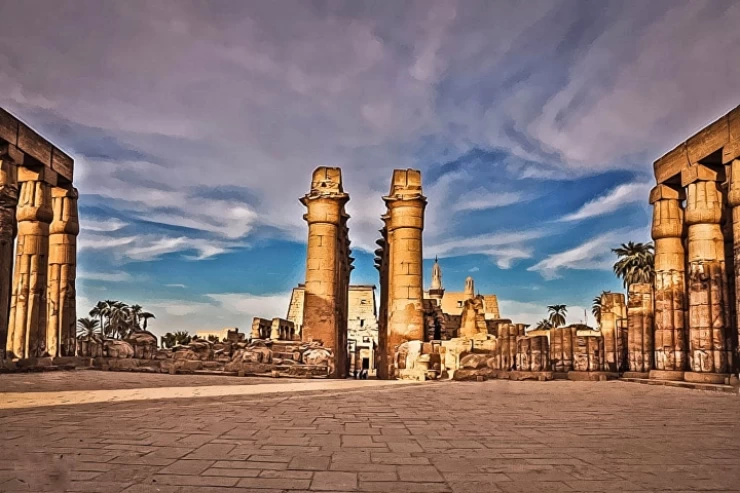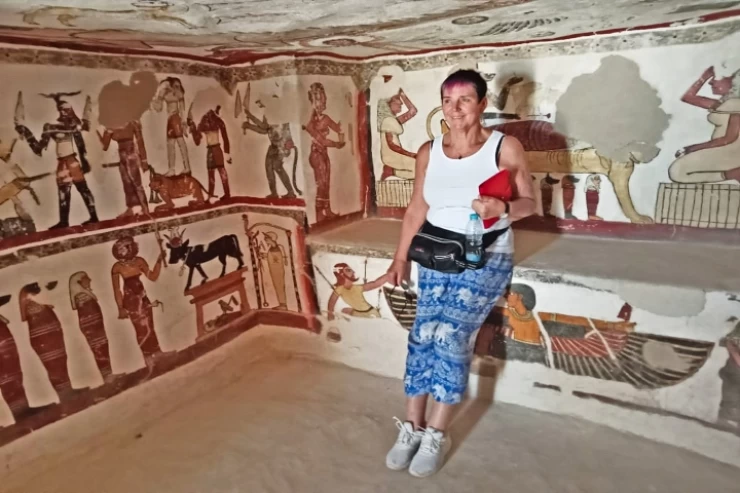
Queen Khentkawes | The Egyptian Queen
Queen Khentkaus is most likely the daughter of King Menkaure. King Mankure is one of the most famous kings in the world for having a Pyramid in the Giza area. she was the princess and heir of the royal blood. Menkaure did not have a male child from his main wife when he died, so he was succeeded on the throne by his son Shepseskaf from one of his concubines. He married his sister Khentkaus to support his position on the throne, and Shepseskaf's rule also ended without a male heir, leaving Khentkaus alone on the throne. Be ready to discover more secrets about Egyptian history during one of Cairo Day Tours with certified tour guides.
Moreover, Archaeologists agree that she played an important role in the peaceful power transfer between the Fourth and Fifth Dynasties. In addition, her title was engraved on the granite entrance leading to the funerary chamber of her tomb in Giza, which translates as "King of Upper and Lower Egypt, Mother of the King of Upper and Lower Egypt." Khentkaus was the mother of the two kings, Sahure and Neferirkare, the second and third kings of the Fifth Dynasty, although it is likely that she died during the reign of King Sahure. Queen Khentkaus was the daughter of King Menkaure and had royal blood and a legitimate inheritance. She married her half-brother Shepseskaf and transferred the legitimacy of ruling Egypt to him. Visiting Giza pyramids and Sakkara artifacts is one of the top tours during Christmas Tours during your vacation.
Furthermore, Khentkaus was buried at Giza. Her tomb is known as LG 100 and G 8400 and is located in the central field of the Giza Necropolis. Khentkaus's pyramid complex includes her pyramid, a boat pit, the valley temple, and the pyramid city. The pyramid complex of Khentkaus consists of a pyramid, a chapel, a solar boat, a pyramid city, a water tank, and granaries. The pyramid was originally described in the 19th century as an unfinished pyramid and was thought to have belonged to King Shepseskaf. The pyramid was excavated by Selim Hassan beginning in 1932. Lepsius gave the tomb the number LG 100. Egypt contains many pyramids that you can discover with different shapes and formations during Egypt Luxury tours with a professional team showing you Egypt’s hidden secrets.
















